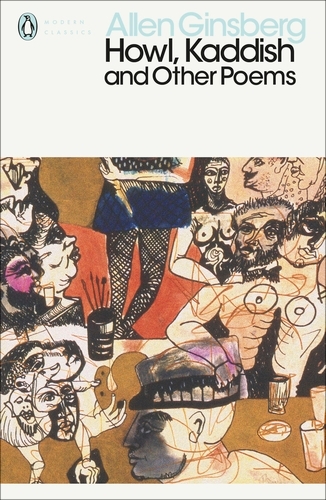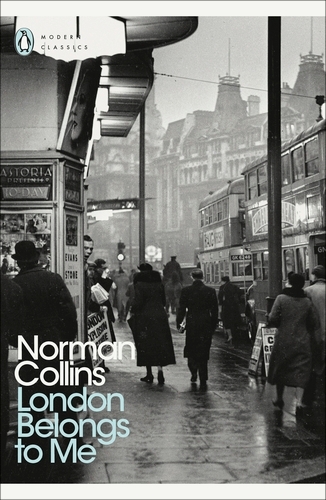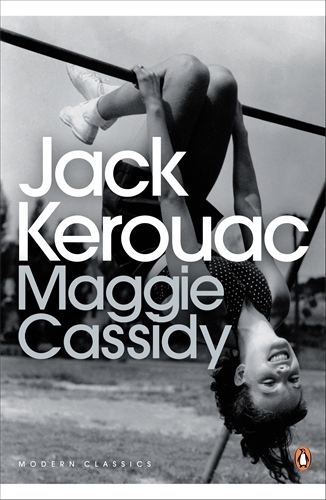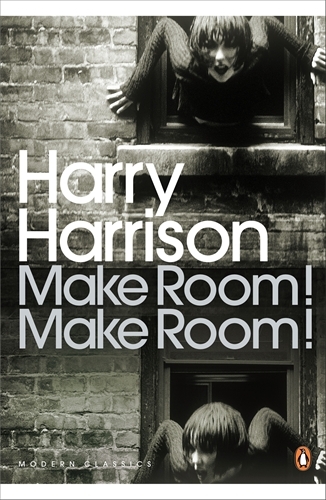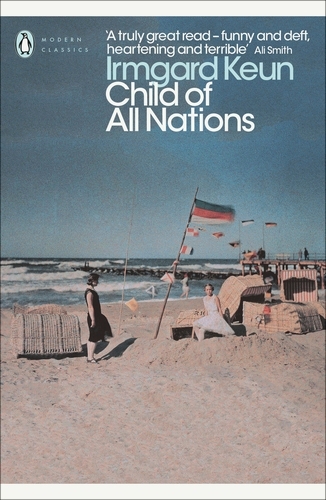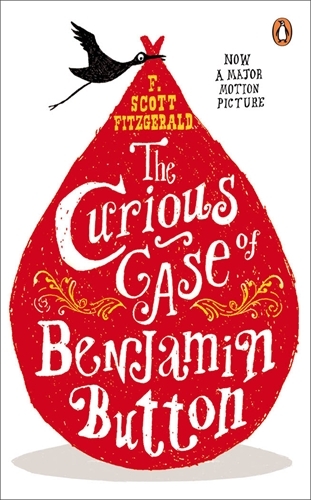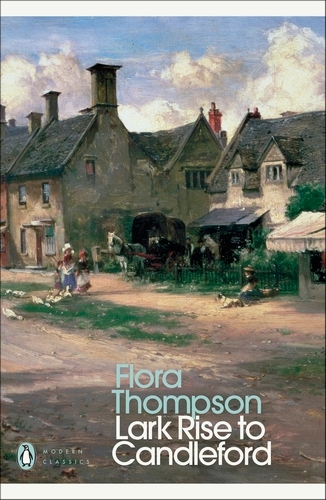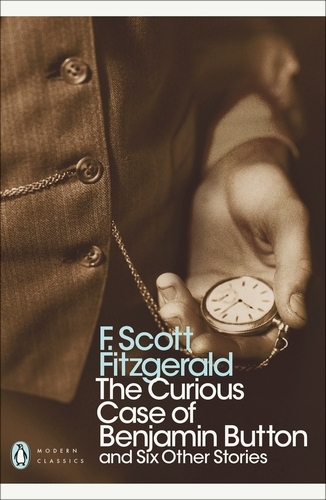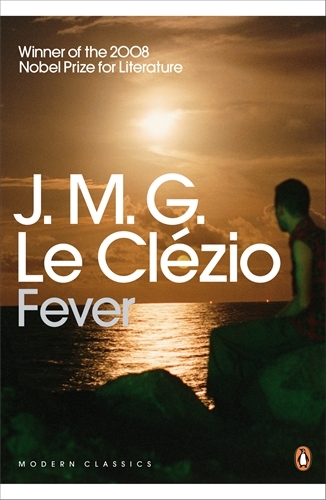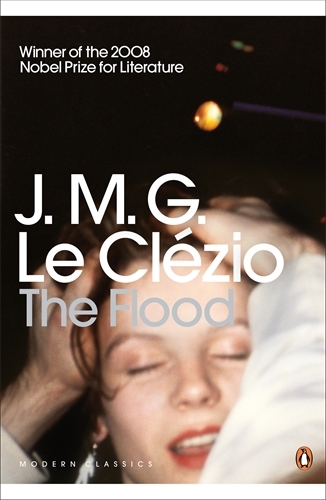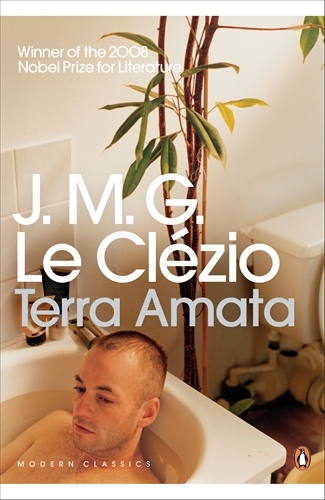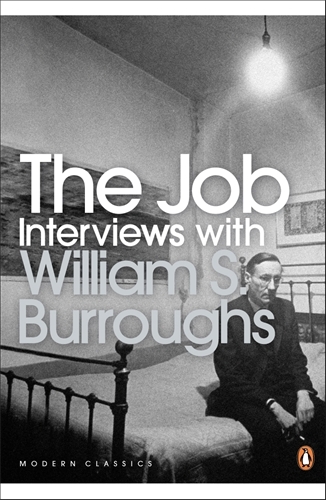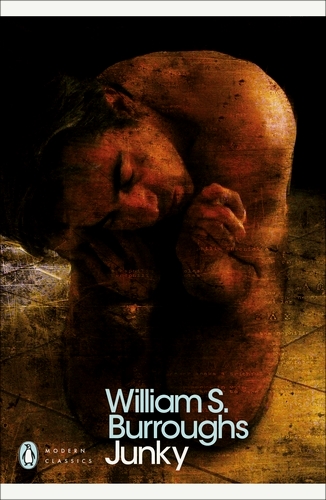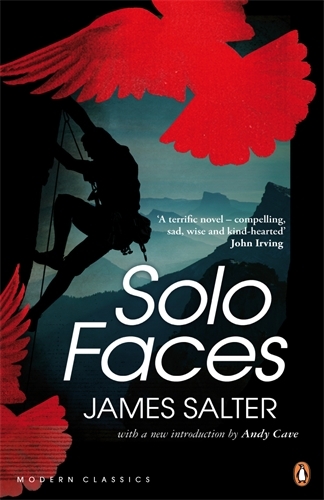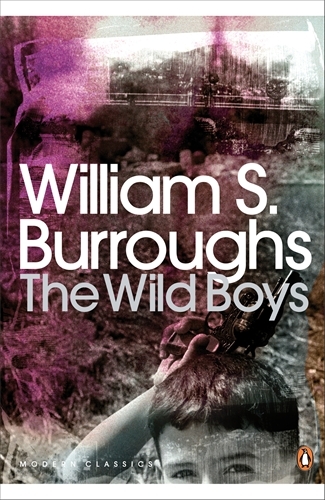Penguin Modern Classics
1281 books in this series
Howl, Kaddish and Other Poems
Beat movement icon and visionary poet, Allen Ginsberg broke boundaries with his fearless, pyrotechnic verse. This new collection brings together the famous poems that made his name as a defining figure of the counterculture. They include the apocalyptic 'Howl', which became the subject of an obscenity trial when it was first published in 1956; the moving lament for his dead mother, 'Kaddish'; the searing indictment of his homeland, 'America'; and the confessional 'Mescaline'. Dark, ecstatic and rhapsodic, they show why Ginsberg was one of the most influential poets of the twentieth century.
London Belongs to Me
It is 1938 and the prospect of war hangs over every London inhabitant. But the city doesn't stop. Everywhere people continue to work, drink, fall in love, fight and struggle to get on in life. At the lodging-house at No.10 Dulcimer Street, Kennington, the buttoned-up clerk Mr Josser returns home with the clock he has received as a retirement gift. The other residents include faded actress Connie; tinned food-loving Mr Puddy; widowed landlady Mrs Vizzard (whose head is turned by her new lodger, a self-styled 'Professor of Spiritualism'); and flashy young mechanic Percy Boon, whose foray into stolen cars descends into something much, much worse ...
Maggie Cassidy
Moodily atmospheric, full of verve and energy, Maggie Cassidy is Kerouac's poignant tale of teenage romance in New England. The story of Jack and Maggie, in love with the idea of being in love, looking ahead to marriage with hope and trepidation, is told with touching simplicity. It skillfully captures both the intensity and the ordinariness of adolescent life, with its torments and complications and is a beautiful evocation of growing up in America.
Make Room! Make Room!
A gangster is murdered during a blistering Manhattan heat wave. City cop Andy Rusch is under pressure solve the crime and captivated by the victim's beautiful girlfriend. But it is difficult to catch a killer, let alone get the girl, in crazy streets crammed full of people. The planet's population has exploded. The 35 million inhabitants of New York City run their TVs off pedal power, riot for water, loot and trample for lentil 'steaks' and are controlled by sinister barbed wire dropped from the sky.
Written in 1966 and set in 1999, Make Room! Make Room! is a witty and unnerving story about stretching the earth's resources, and the human spirit, to breaking point.
Written in 1966 and set in 1999, Make Room! Make Room! is a witty and unnerving story about stretching the earth's resources, and the human spirit, to breaking point.
Child of All Nations
Kully knows some things you don’t learn at school. She knows the right way to roll a cigarette and pack a suitcase. She knows that cars are more dangerous than lions. She knows you can’t enter a country without a passport or visa. And she knows that she and her parents can’t go back to Germany again – her father’s books are banned there. But there are also things she doesn’t understand, like why there might be a war in Europe – just that there are men named Hitler, Mussolini and Chamberlain involved. Little Kully is far more interested where their next meal will come from and the ladies who seem to buzz around her father.
Meanwhile she and her parents roam through Europe. Her mother would just like to settle down, but as her restless father struggles to find a new publisher, the three must escape from country to country as their visas expire, money runs out and hotel bills mount up.
Meanwhile she and her parents roam through Europe. Her mother would just like to settle down, but as her restless father struggles to find a new publisher, the three must escape from country to country as their visas expire, money runs out and hotel bills mount up.
The Curious Case of Benjamin Button
Born an old man, Benjamin Button lived a very curious life, backwards
When Benjamin Button's father arrives at hospital he is surprised and ashamed to find his new baby boy is a weathered, aged man, for all appearances no younger than seventy years old. As time goes by, young Benjamin comes to no longer require a cane, his hair ceases to be grey, his limbs become less frail, his wrinkles less deep, but still the world around him fails to come to terms with his oddness, as he ages towards infancy and beyond ...
This remarkable, imaginative tale is here accompanied by a story of the desperate measures required by limitless wealth, and another about the lengths (and cuts) a girl is willing to go to for popularity.
Includes A Diamond as Big as the Ritz and Bernice Bobs Her Hair.
When Benjamin Button's father arrives at hospital he is surprised and ashamed to find his new baby boy is a weathered, aged man, for all appearances no younger than seventy years old. As time goes by, young Benjamin comes to no longer require a cane, his hair ceases to be grey, his limbs become less frail, his wrinkles less deep, but still the world around him fails to come to terms with his oddness, as he ages towards infancy and beyond ...
This remarkable, imaginative tale is here accompanied by a story of the desperate measures required by limitless wealth, and another about the lengths (and cuts) a girl is willing to go to for popularity.
Includes A Diamond as Big as the Ritz and Bernice Bobs Her Hair.
Lark Rise to Candleford
Flora Thompson's immortal trilogy, containing "Lark Rise", "Over To Candleford" and "Candleford Green", is a heartwarming portrayal of country life at the close of the 19th century. This story of three closely related Oxfordshire communities - a hamlet, the nearby village and a small market town - is based on the author's experiences during childhood and youth. It chronicles May Day celebrations and forgotten children's games, the daily lives of farmworkers and craftsmen, friends and relations - all painted with a gaiety and freshness of observation that make this trilogy an evocative and sensitive memorial to Victorian rural England.
With a new introduction by Richard Mabey
With a new introduction by Richard Mabey
The Curious Case of Benjamin Button
Full grown with a long, smoke-coloured beard, requiring the services of a cane and fonder of cigars than warm milk, Benjamin Button is a very curious baby indeed. And, as Benjamin becomes increasingly youthful with the passing years, his family wonders why he persists in the embarrassing folly of living in reverse. In this imaginative fable of ageing and the other stories collected here – including ‘The Cut-Glass Bowl’ in which an ill-meant gift haunts a family’s misfortunes, ‘The Four Fists’ where a man’s life shaped by a series of punches to his face, and the revelry, mobs and anguish of ‘May Day’ – F. Scott Fitzgerald displays his unmatched gift as a writer of short stories.
Fever
In these nine unforgettable and impressionistic 'tales of little madness', the Nobel Prize-winning author Le Clézio explores how the physical sensations we experience every day can be as strong as feelings of love or hate, with their power to bring chaos to our lives. In 'The Day that Beaumont became Acquainted with his Pain', a man with toothache spends the night seeking ways to disown his throbbing jaw; in 'Fever', Roch finds his mind transported by sunstroke; while in 'A Day of Old Age' little Joseph tries to comprehend the physical suffering of a dying old woman. Set in a timeless, spaceless universe, these experimental and haunting works portray the landscape of the human consciousness with dazzling verbal dexterity and power.
The Flood
François Besson listens to a tape recording of a girl contemplating suicide. Drifting through the days in a provincial city, he thoughtlessly starts a fire in his apartment, attends confession, and examines, with great intentness but without affection, a naked woman he wakes beside. And, as Besson moves through an ugly and threatening rain, his thoughts eventually lead to violence, first turned outward and then directed languidly against himself.
Terra Amata
For Chancelade, the world is teeming with beauty, wonder and possibilities. From a small boy playing on the beach, through his adolescence and his first love, to the death of his father and on to the end of his own life, he relishes the most minute details of his physical surroundings - whether a grain of sand, an insect or a blade of grass - as he journeys on a sensory adventure from cradle to grave. Filled with cosmic ruminations, lyrical description and virtuoso games of language and the imagination, Terra Amata brilliantly explores humankind's place in the universe, the relationship between us and the Earth we inhabit and, ultimately, how to live.
Exterminator!
A man, dispirited by ageing, endeavours to steal a younger man’s face; a doctor yearns for a virus that might eliminate his discomfort by turning everyone else into doubles of himself; a Colonel lays out the precepts of the life of DE (Do Easy); conspirators posthumously succeed in blowing up a train full of nerve gas; a mandrill known as the Purple Better One runs for the presidency with brutal results; and the world drifts towards apocalypses of violence, climate and plague. The hallucinatory landscape of William Burroughs’ compellingly bizarre, fragmented novel is constantly shifting, something sinister always just beneath the surface.
The Job
William Burroughs’ work was dedicated to an assault upon language, traditional values and all agents of control. Produced at a time when he was at his most extreme and messianic, The Job lays out his abrasive, incisive, paranoiac, maddened and maddening worldview in interviews interspersed with stories and other writing. On the Beat movement, the importance of the cut-up technique, the press, Scientology, capital punishment, drugs, good and evil, the destruction of nations, Deadly Orgone Radiation and whether violence just in words is violence enough – Burroughs’ insights show why he was one of the most influential writers and one of the sharpest, most startling and strangest minds of his generation.
Junky
Burroughs’ first novel, a largely autobiographical account of the constant cycle of drug dependency, cures and relapses, remains the most unflinching, unsentimental account of addiction ever written. Through junk neighbourhoods in New York, New Orleans and Mexico City, through time spent kicking, time spent dealing and time rolling drunks for money, through junk sickness and a sanatorium, Junky is a field report (by a writer trained in anthropology at Harvard) from the American post-war drug underground. A cult classic, it has influenced generations of writers with its raw, sparse and unapologetic tone. This definitive edition painstakingly recreates the author’s original text word for word.
Solo Faces
Rand lives free; lean, pure and defiant, the world has little influence on him. His passion is climbing – the mountains, the huge vertical faces. There, where storms, snow, or rockfall can kill, he finds his happiness, sometimes climbing with others, sometimes alone. This is a novel of obsession and where it leads. Rand, not intending it, becomes suddenly famous for a daring rescue in the Alps. What happens when passion is spent and what becomes of heroes is revealed in this terse and powerfully written novel.
The Wild Boys
In this funny, nightmarish masterpiece of imaginative excess, grotesque characters engage in acts of violent one-upmanship, boundless riches mangle a corner of Africa into a Bacchanalian utopia, and technology, flesh and violence fuse with and undo each other. A fragmentary, freewheeling novel, it sees wild boys engage in vigorous, ritualistic sex and drug taking, as well as pranksterish guerrilla warfare and open combat with a confused and outmatched army. The Wild Boys shows why Burroughs is a writer unlike any other, able to make captivating the explicit and horrific.
